Or, if you prefer the non-clickbait title: Handling Food Allergies in the Social Dance Scene.
It’s the holiday season! Lots of tasty treats appear at social dances. We organize potlucks, exchange cookies, and joke about the risk of our waistlines expanding.
This December, I invite you to consider these common situations from a new perspective. What if you had a food allergy? Let’s dispel a few common myths and then take a look at practical steps to make our social dances welcoming for everyone.
“I think people just say they are allergic when they don’t want to eat something.”
Unfortunately that is sometimes true. So, first practical step: never claim to be allergic to something you just don’t like. You’re an adult: no one is forcing you to eat anything. You are making it harder for people who do have food allergies to be taken seriously. Secondly, give people the benefit of the doubt. If they need to tell you they have a food allergy, it’s most likely with good reason.
I know sometimes people claim allergies when they have dietary restrictions. Now, I absolutely believe in respecting people’s dietary restrictions. Whether you keep kosher, believe in being vegan, or are managing diabetes, you should be able to avoid ingredients that don’t fit into your allowed foods. However, once again, claiming an allergy untruthfully is a disservice to people with genuine allergies.
It’s especially unfair to those who have very serious allergies. There’s a big difference between avoiding gluten because you feel like it lowers your energy and having a wheat allergy, where accidental ingestion might leave you covered in hives or struggling to breathe. I can attest that disregarding my lactose intolerance has given me pretty awful stomachaches, but that’s nothing like what my milk-allergic friend has to deal with. If there’s unlisted milk powder in her dish of pasta, she could be stuck in the bathroom most of a day while her body forcibly ejects the offending matter.
Yeah, that sounds gross. And just think, you could help prevent it!
“People with allergies can just avoid the food they’re allergic to, right?”
Let’s take this at face value for a moment. You have an egg allergy. So you know not to eat anything with eggs. When you get to the holiday snack table, you know to avoid any baked goods. You skip any dip or salad that looks like it might have mayonnaise. You also decide to avoid all of the crackers and snack mixes, in case they might have a binder or artificial flavoring with egg.
A practical step that could make this easier would be to label food. Put prepackaged foods out with their ingredient label next to them. Require caterers to provide an ingredient list. Ask potluck participants to write down the ingredients they use. That way people don’t get caught out by unusual or “surprise” ingredients.
For mild allergies, this is probably sufficient. Unfortunately, some people have really active immune systems that are very sensitive to certain allergens. A knife that is reused from one dish to the next or people’s hands dipping into multiple bowls can lead to a reaction because of cross-contamination. Personally, I am allergic to both tree nuts and peanuts. I can’t tell you the number of times I’ve gotten home at the end of the night and started feeling a tell-tale tickle in my throat, then started coughing. “Time for Benadryl!” I think. It’s just normal for me to treat burgeoning reactions whose source are a mystery to me.
“Why don’t people with food allergies just not eat the food?”
Well, in fact, that is a very common strategy. If you know you may have to deal with symptoms ranging from the uncomfortable to the life threatening, you could very wisely choose never to consume any food in an uncontrolled environment. It can be a bit awkward, socially, if you never share food with people, but your health is more important.
Unfortunately that only handles one of the three kinds of allergic reactions: ingestion reactions. That still leaves contact reactions and airborne reactions.
Contact reactions happen when the person is somehow touched by the allergen. Take for example peanut butter, which I like to call the glitter of food allergens. It sticks to everything and spreads everywhere, including places you don’t want it. You might not notice it, but your couple embrace may leave your partner with hives later in the evening. The obvious practical step is to wash your hands after eating something with your hands. That can be inconvenient, for example when you’re just grabbing a little handful of snack mix between dances, but the inconvenience to someone with sensitive skin would be far greater.
Airborne reactions are a lot harder to deal with, so it’s fortunate that they’re not very common. The most common are nut allergies and gluten allergies. Basically the reaction occurs when a person breathes in some particles of the allergen (say, dust from chopped pecans, or some flour) and can result in a range of reactions up to and including respiratory anaphylaxis. That’s a fancy word that means you start feeling your throat itch and then swell. You start wheezing and feeling short of breath. You are soon unable to breathe without medical intervention. Fortunately, you probably carry an EpiPen and can inject epinephrine via a needle into your thigh. That should constrict your blood vessels to increase blood pressure and relax muscles in the lungs to reduce wheezing and improve breathing, according to the EpiPen FAQ.
For some people, it’s enough to avoid being in close proximity to food while it’s being prepared. For others, just dancing with someone who’s recently consumed, say, a handful of mixed nuts, can be a dangerous situation. My friend Kevin in Boston, who also has a tree nut allergy, told me “Breath can make me uncomfortable but won’t debilitate me. I wouldn’t make out with someone, though.”
For myself, I usually get mouth sores after a dance in which I am breathing exhalations that include nut dust. I’ve started taken defensive action: if I smell nuts on someone’s breath, I ask whether they ate something with nuts, and if so whether we can dance later, after they’ve washed their hands and drunk some water.
On rare occasions I may be facing worse trouble, though. I once attended an event commemorating a great dancer, and in his honor they served his favorite dessert: sweet potato pie. They encouraged everyone to have a slice, explaining that they even had vegan pies and gluten-free pies. I was too busy dancing to bother, but within half an hour I could feel my reaction starting: itchy mouth, dry ineffective cough…What could be causing it? What they had neglected to mention was that every one of these (more than a hundred) pies was covered in pecans. Even in that huge venue there was enough nut dust circulating that I was forced to leave immediately and get a liquid antihistamine. I was annoyed and frustrated: it was an expensive event and I was missing my opportunity to dance with people who had gathered from all over the world.
“So, what, we just can’t serve food?”
Not at all! Having food at an event is awesome. I am just encouraging everyone to be considerate. It’s become pretty common to think about vegetarian or gluten-free options. How much more important would it be to avoid having food that can hurt someone even from a distance?
According to the American College of Allergy, Asthma, & Immunology, just 8 allergens are responsible for 90% of all food-triggered reactions: eggs, milk, peanuts, tree nuts, fish, shellfish, wheat, and soy. If we are careful to label those, we make it exponentially easier for people with allergies to navigate a social that offers food. Furthermore, we can try to avoid more problematic foods entirely, such as those that can be inhaled or spread by touch. *coughpeanutbuttercough*
Practical steps
I believe that most organizers want to provide fun social dance spaces that won’t be dangerous to anyone. I spoke to my friend Marshall, a frequent food coordinator for Capital Blues in DC, about his philosophy: “Serving food as part of the event is both a way of showing that we care about our community, and also it just helps them stay, helps them have energy and be happy. And if we’re going to do that, it’s important that everyone be able to participate–not only participate in the eating of the food, but also in the dancing!”
Obviously I wholeheartedly agree.
Here is a list of practical steps for organizers as well as all of us. I have seen all of these in use in a few dance scenes; unfortunately most places don’t bother with any of them. Let’s be willing to help people with food allergies enjoy a dance with as little worry as possible.
1. Take food allergies seriously. There are probably more people in your scene affected by them than you imagine.
2. Label things. That can be as simple as cutting out the packaging label or providing index cards for potluck participants to write on.
3. Keep foods separated. Label serving utensils so they stay with the intended dish. Consider having a separate table for gluten-free items and for nut-free items.
4. Try to avoid common allergens when possible – especially those that tend to wander onto people’s skin or into their lungs.
5. Wash your hands after eating something
6. Respect when someone turns down a dance with you because of an allergen risk.
The holiday season isn’t the only time we might want to consider these steps, but it is a great time to start!
What about your scene? Do you ever have food? Is there any consideration for people with food allergies? Are you a dancer with a food allergy? Share your experiences in the comments below!

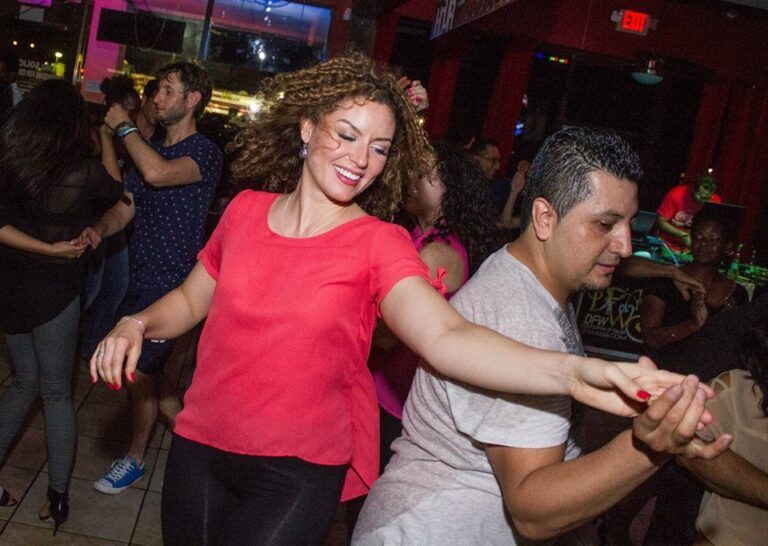

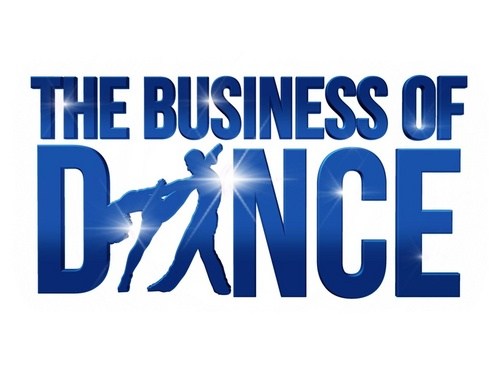
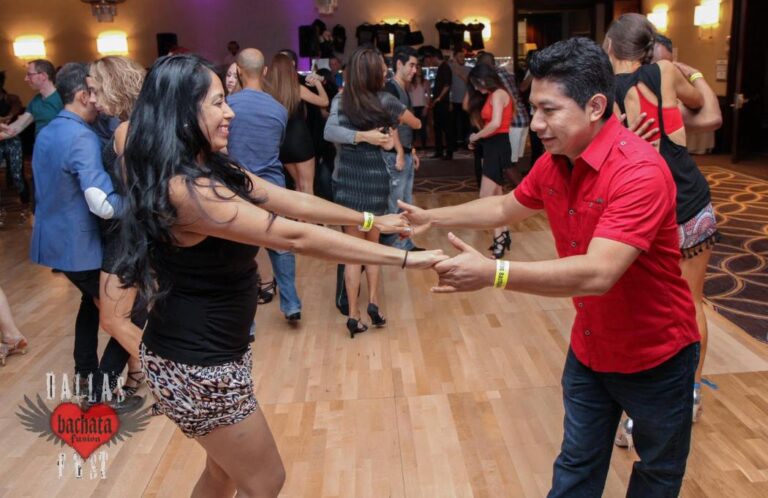
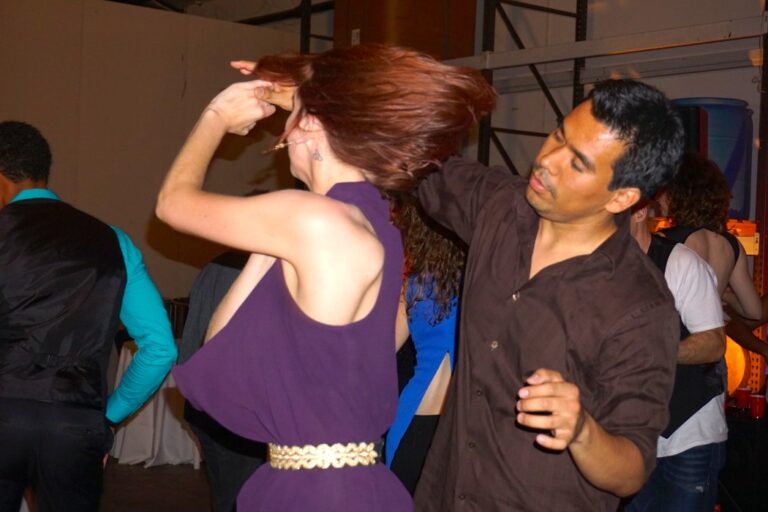
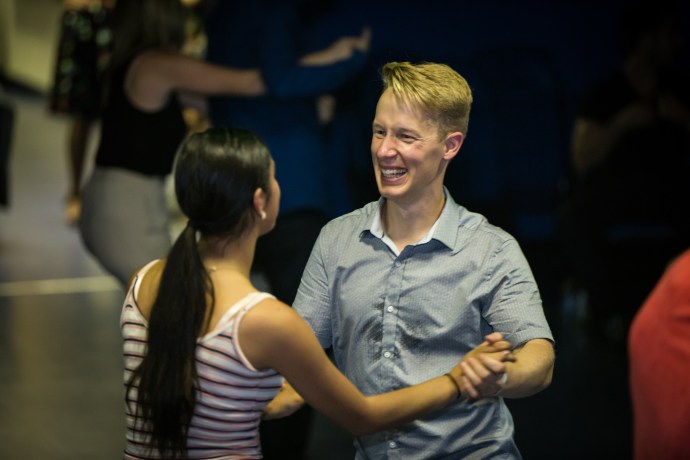
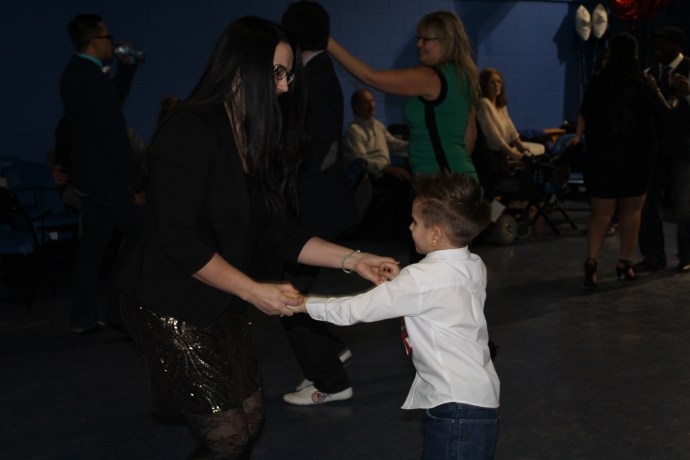
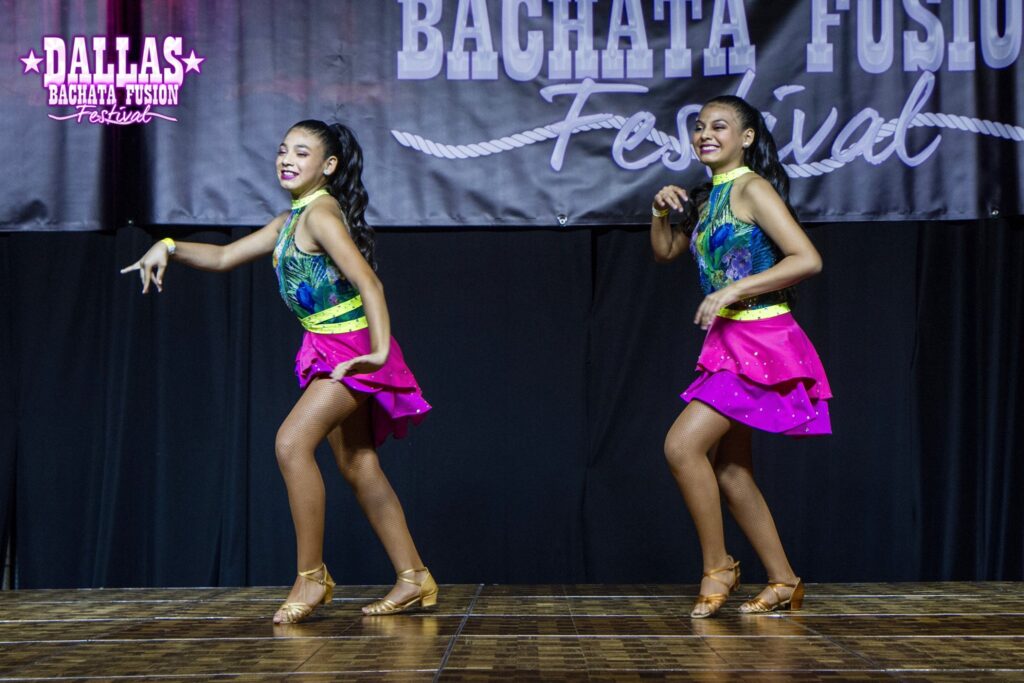
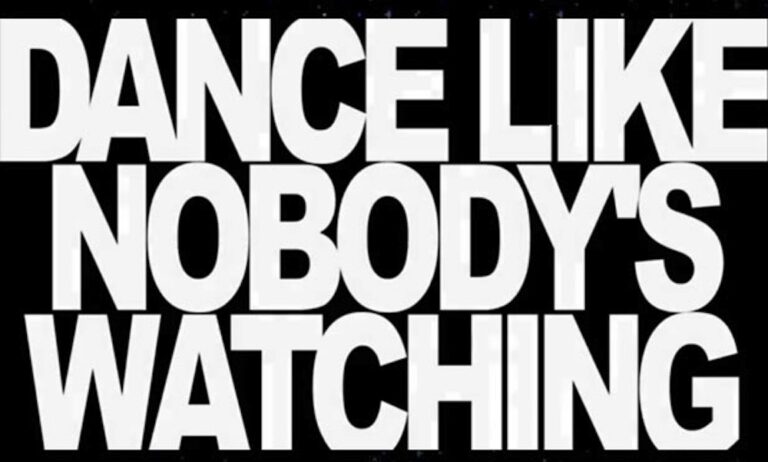
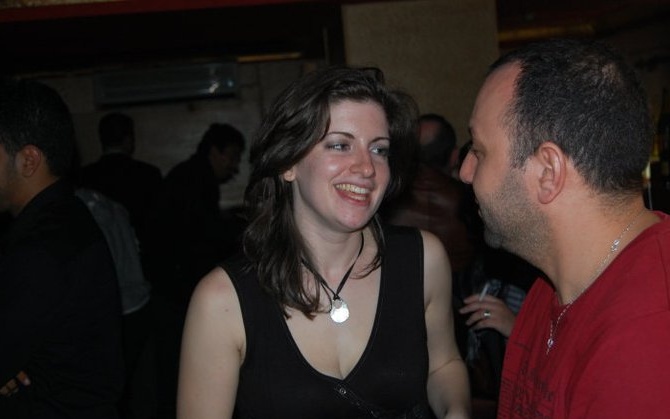

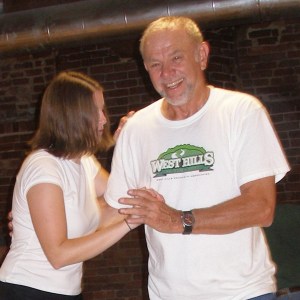 1. Smile!
1. Smile! If you’re going to be spending time in one scene more consistently, it’s worth investing time to get to know people regardless of their gender or preferred dance role. Ask people about their favorite spots to eat nearby, what draws them to this style of dance, what music they’d recommend to you – anything but the standard “What do you do for a living?” or “How long have you been dancing?”
If you’re going to be spending time in one scene more consistently, it’s worth investing time to get to know people regardless of their gender or preferred dance role. Ask people about their favorite spots to eat nearby, what draws them to this style of dance, what music they’d recommend to you – anything but the standard “What do you do for a living?” or “How long have you been dancing?”